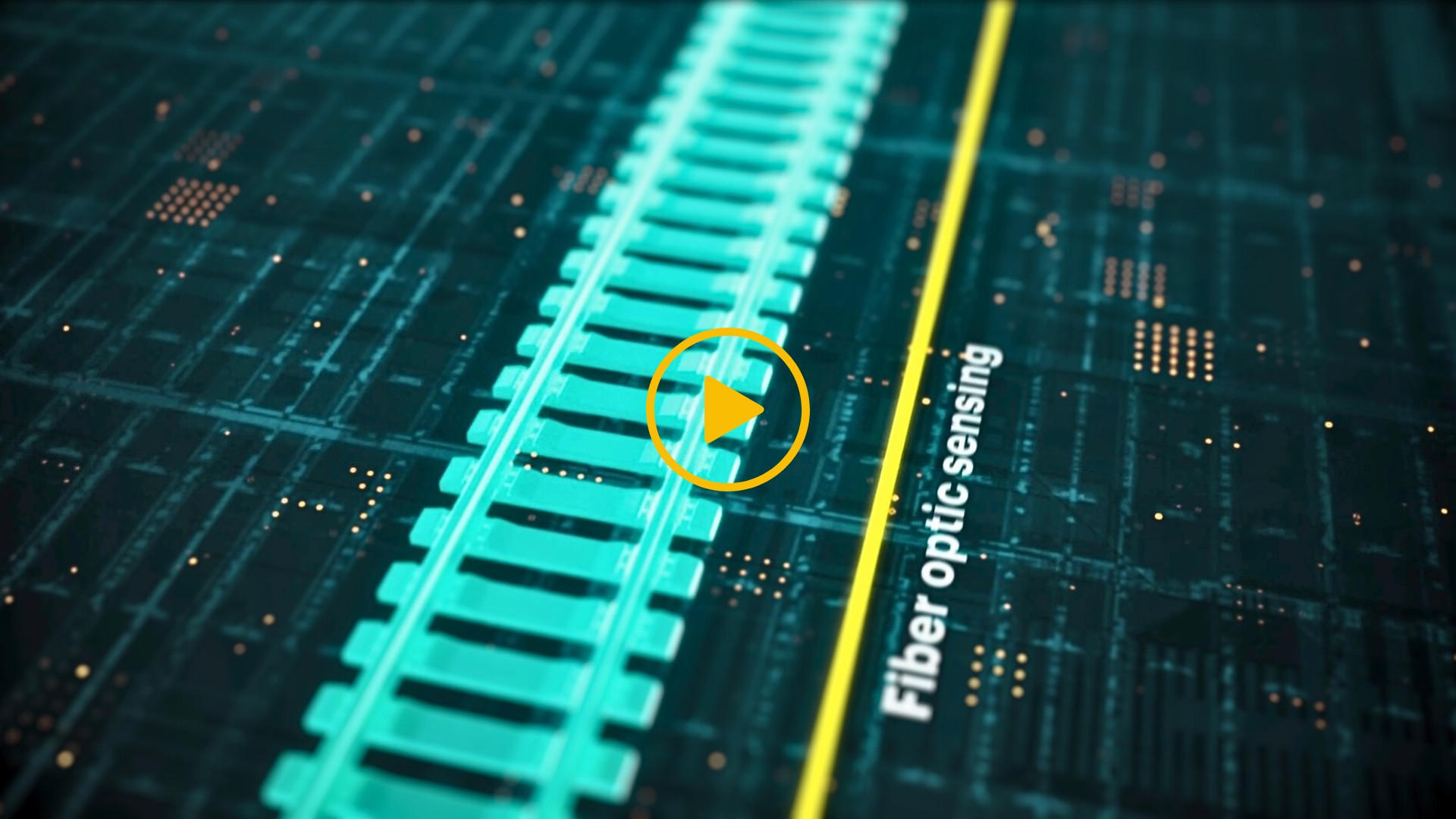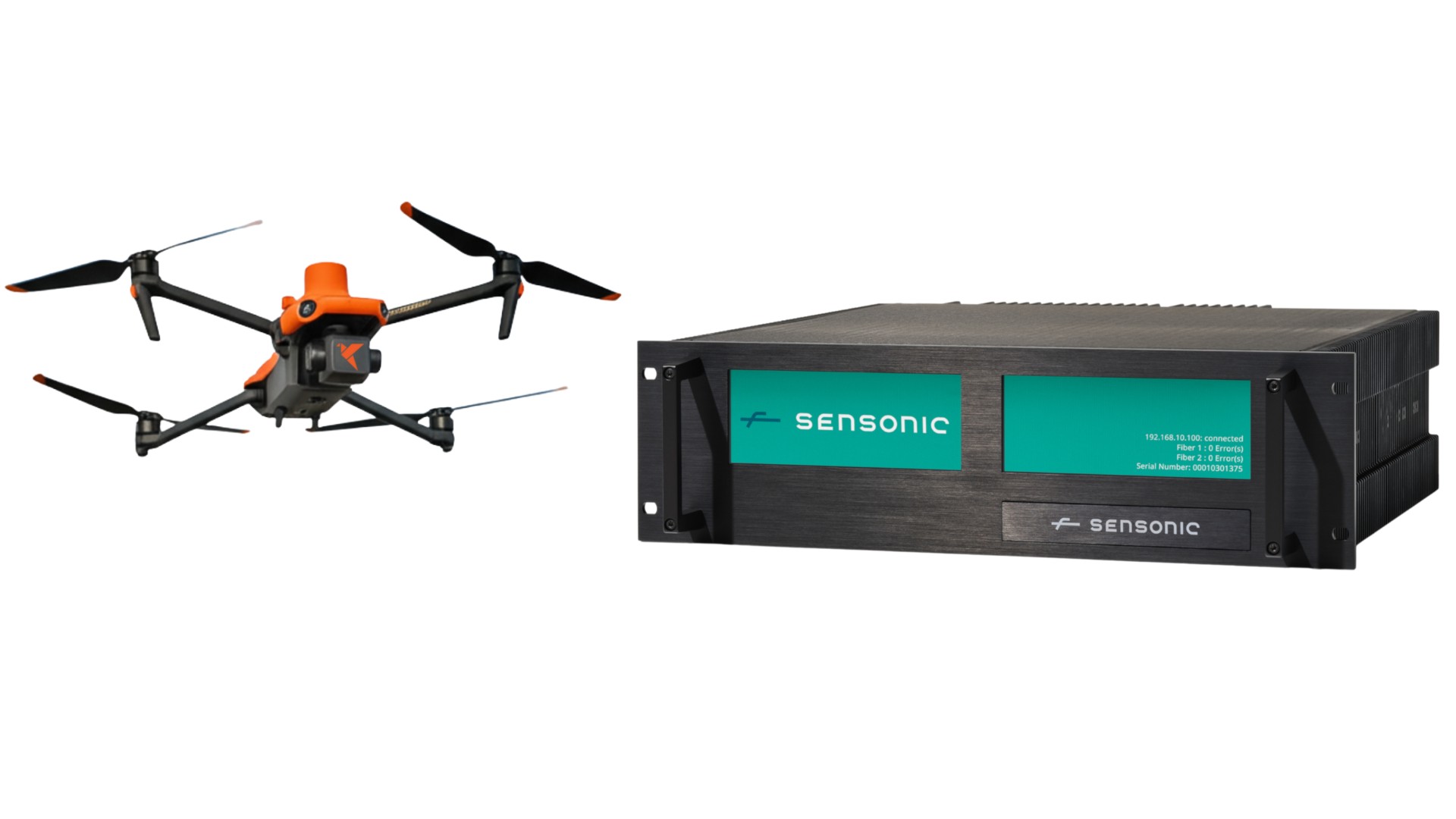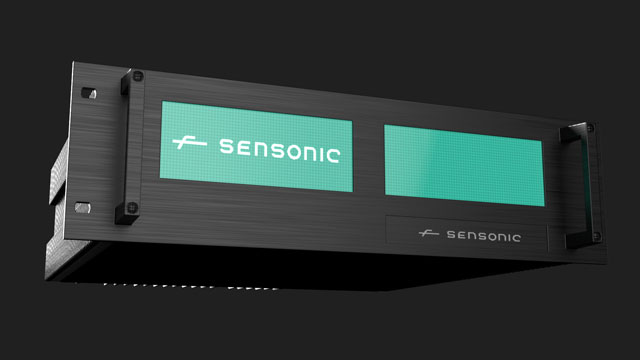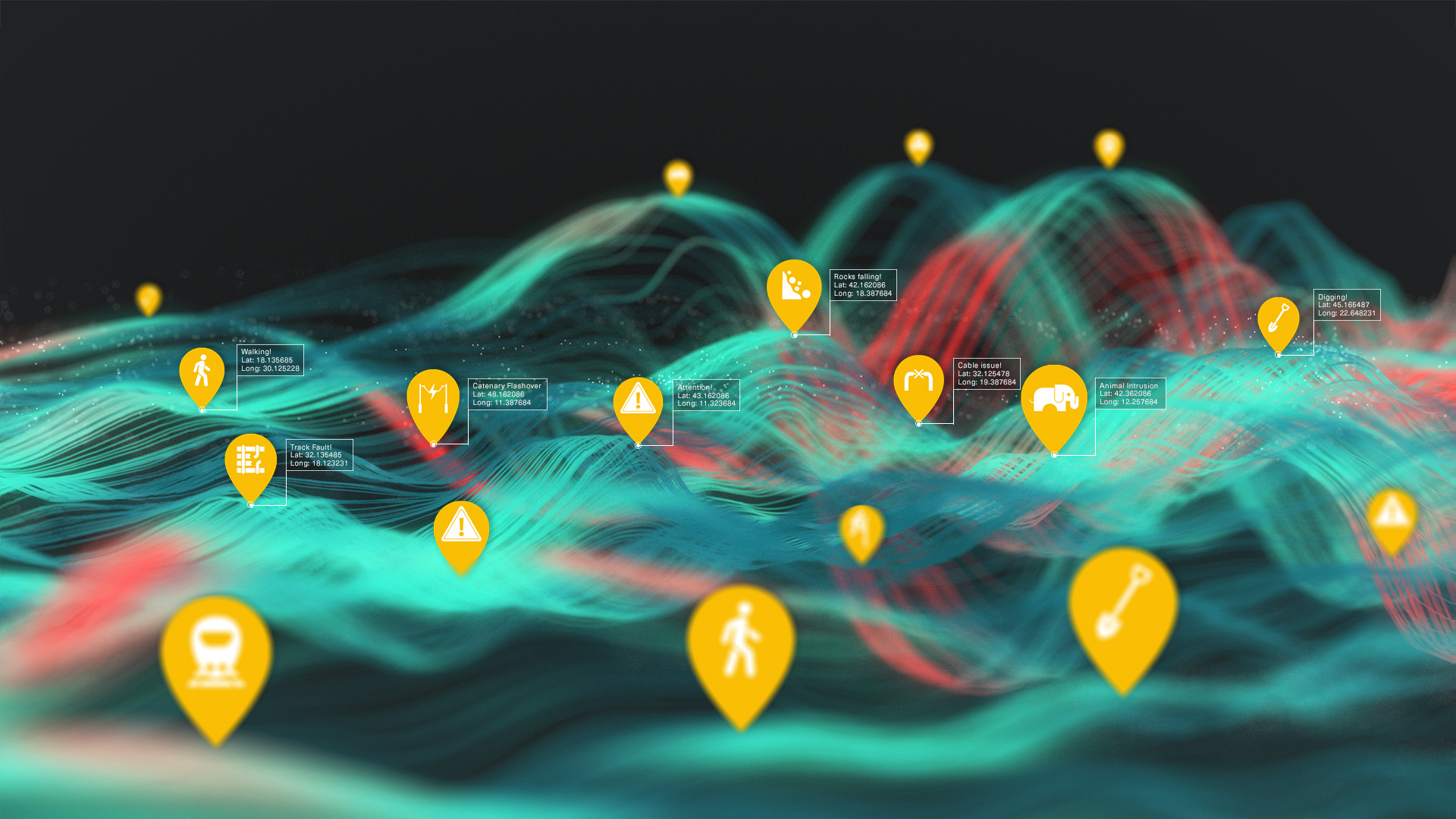Sensonic delivers Artificial Intelligence (AI) processing capability within its sensing units to improve railway infrastructure monitoring with Distributed Acoustic Sensing (DAS). The addition of on-device AI processing to Sensonic’s range of rail infrastructure monitoring applications expands both options and capabilities for rail networks delivering improved response speeds, maintaining alert accuracy, and streamlining data transfers.
DAS turns optical fibres into a linear array of vibration sensors tens of kilometres in length that gather infrastructure information 24/7. Many insights can be revealed from analysis of the vibration data, including monitoring of track condition, alerting for landslides and rockfalls, identifying security threats and more. More on how DAS works here.
Whilst AI data processing using cloud-based processing is a powerful tool, it does require sending data off site, and whilst that is routine for many, some rail networks have data sovereignty concerns or regulations which can complicate this data transfer. The volume of data gathered by Distributed Acoustic Sensing installations can also be large, up to 8Tb/sensor unit/day.
Upgrading to Sensonic AI-enabled DAS monitoring hardware, it is possible to both process and classify data and events as the data is gathered right at the edge of the customer network, within the fiberoptic sensing device itself. This AI on the edge device delivers many benefits:
|
Feature |
Cloud AI Processing |
Edge AI Processing |
|
Speed (Latency) |
Slower |
Faster |
|
Accuracy |
Good |
Good/Equal |
|
Bandwidth Usage |
High |
Low |
|
Reliability |
Good (Reliant on internet) |
Better (Can function offline) |
|
Security & Privacy |
Often international data transfer |
Data can stay local |
|
Cost |
Acceptable |
Potentially lower |
|
Offline Functionality |
Limited |
Possible |
- Speed / Reduced Latency: Cloud processing involves sending data to a remote server, processing and then sending the results for action. This can introduce latency, which can be a drawback for applications that require real-time results. Using AI locally significantly reduces latency, enabling faster response times. When detecting events such as landslides or security threats, speed of response can be vital – seconds can save lives.
- Accuracy: The same AI algorithms can be used on device as within the cloud delivering accurate alert categorisation reducing the incidence of false alarms significantly.
- Improved Bandwidth Efficiency: Transferring large amounts of data to the cloud can consume significant bandwidth, especially for applications such as DAS that generate a lot of data. Edge AI reduces bandwidth usage by processing data locally and only sending relevant information or insights to the cloud. This can be crucial for applications operating in areas with limited bandwidth availability such as in remote areas.
- Increased Reliability: Cloud-based AI processing can be disrupted by internet outages or network congestion which can be a result of cyberattack. Edge AI systems can function independently, even when there is no cloud connection to ensure uninterrupted operation for time critical applications such as landslide, rockfall and security.
- Enhanced Security and Privacy: Edge AI allows for processing data locally, reducing the risk of data breaches and unauthorised access. Additionally, compliance with data privacy regulations can be easier to achieve if sensitive data stays on the device, within a customer network, or within national boundaries. Where national tensions rise, critical infrastructure such as the railway can become a target for cyberattack. Reducing the reliance on cloud processing in foreign countries is a national priority for some.
- Lower Costs: Cloud processing often incurs ongoing costs for data transfer and processing. Edge AI can minimise these costs by processing more data locally so reducing cloud usage.
The latest generation of Sensonic sensing unit allows all Sensonic applications to run concurrently, combined with on device AI data processing to give railway customers the best performance and accuracy levels possible for rail infrastructure monitoring.
Current railway infrastructure monitoring applications from Sensonic include:
- Security – Trespass, digging, fence climbing and cable events
- Landslide and Rockfall detection
- Catenary flashover location
- Track condition monitoring





